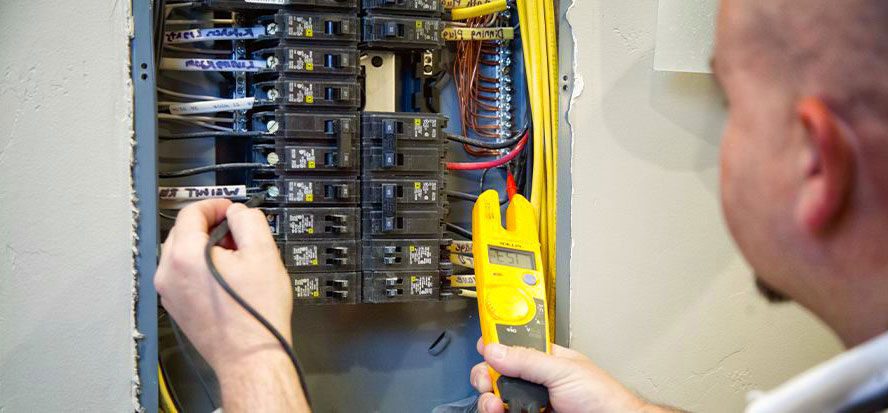Myth #1: It’s cheaper to leave on a fluorescent light than to turn it on and off.
If a room is going to be unoccupied for more than 5 minutes, it is always best to turn off your light. Though it is true that there is a surge of current whenever a light is switched on, the brief increase costs considerably less than the amount of electricity required to keep a light running.
Myth #2: Turning a fluorescent light on and off reduces its life span
While this myth isn’t completely false, the length of time that the on/off cycle reduces from your light bulb’s life is less than the amount of life taken from leaving it on. According to the Electric Power Research Institute, companies that have sensors to automatically turn off fluorescent lamps when a room is unoccupied have to replace light bulbs less often.
Myth #3: Power lines are insulated
90% of power lines are actually not insulated. Fallen power lines during a storm are a huge safety hazard and should only be handled by qualified professionals.
Myth #4: Rubber gloves and shoes act as insulators
This is only true if your gloves and shoes are 100% rubber. If the rubber has been mixed with other materials, they can turn to be a conductor instead of an insulator.
Myth #5: You can only be injured by a high voltage wire
Contrary to common belief, it is not the voltage that can injure or kill a person; it’s amperage. The typical house has somewhere between 100 and 200 amps running through its electrical wires and it only takes 1 amp to cause a fatal heart irregularity.


